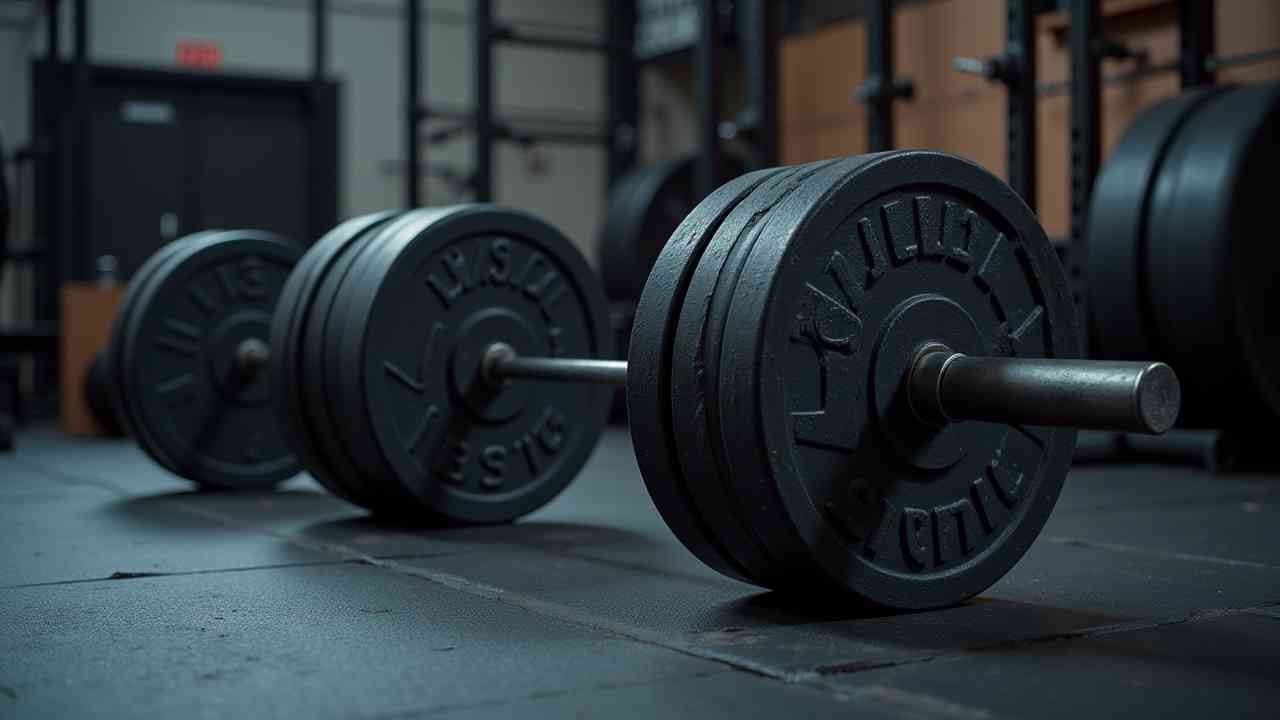
Weights and Bars: The Essential Strength Training Guide 💪🏋️
The Foundational Role of the Barbell System
The combination of weights and bars—the barbell system—is the single most effective tool for developing full body strength. Barbells allow lifters to handle significantly more weight than dumbbells. This capability is critical for achieving maximum muscle hypertrophy and raw strength gains 📈.
Using a barbell ensures progressive overload. This principle involves gradually increasing the resistance to continually challenge your muscles. This continuous challenge is the only way to drive sustained muscle growth and boost bone density effectively 🦴.
Defining the Standard Barbell
The standard bar used in most gyms is the Olympic Barbell. It typically weighs 20 kg (44 lbs) for men and 15 kg (33 lbs) for women. You must always include the bar's weight in your total lift calculation ⚖️. The bar acts as a stable, unified object, allowing major muscle groups to work together efficiently.
Compound Lifts: The Big Three Exercises
Barbell training revolves around compound exercises. These movements engage multiple joints and large muscle groups simultaneously. They are the most efficient way to build mass and burn calories.
1. The Barbell Back Squat
The squat is the 'King of All Exercises' for the lower body. It targets the quadriceps, hamstrings, and glutes. It also builds crucial core and lower back stability. Mastering proper form with an unloaded bar is the first step 🦵.
2. The Barbell Deadlift
The deadlift is a hinge movement that works the entire posterior chain. This includes the glutes, hamstrings, and back muscles. It is the best exercise for developing raw, functional pulling strength 🚀. Focus on maintaining a flat, neutral back throughout the lift.
3. The Barbell Bench Press
The bench press is a compound push movement targeting the chest (pectorals), triceps, and shoulders. This lift is a primary benchmark for upper body strength. Always use safety spotter arms or a reliable human spotter when lifting heavy.
Understanding Weight Plates and Safety
The plates you load onto the bar come in two main materials. Your choice depends on your training style and safety needs.
Iron vs. Bumper Plates
Iron or Steel Plates are traditional and durable. They are not designed to be dropped from height. They are best for controlled, slow lifts. Bumper Plates are made of dense, solid rubber. They are essential for Olympic-style lifting (Snatch and Clean & Jerk) because they can be safely dropped onto the gym floor 💥.
Plate Fit and Size
Ensure the plates you buy match the bar's sleeve size exactly. Olympic bars use plates with a 2-inch center hole. Standard bars use plates with a 1-inch hole. Always secure your plates with collars or clips to prevent slippage 🔐.
Conclusion: Invest in the Foundation
The combination of weights and a bar is the best investment for building serious strength. Focus on using the bar for compound lifts and constantly applying progressive overload. Prioritize safety by using a rack and securing your plates 🌟.